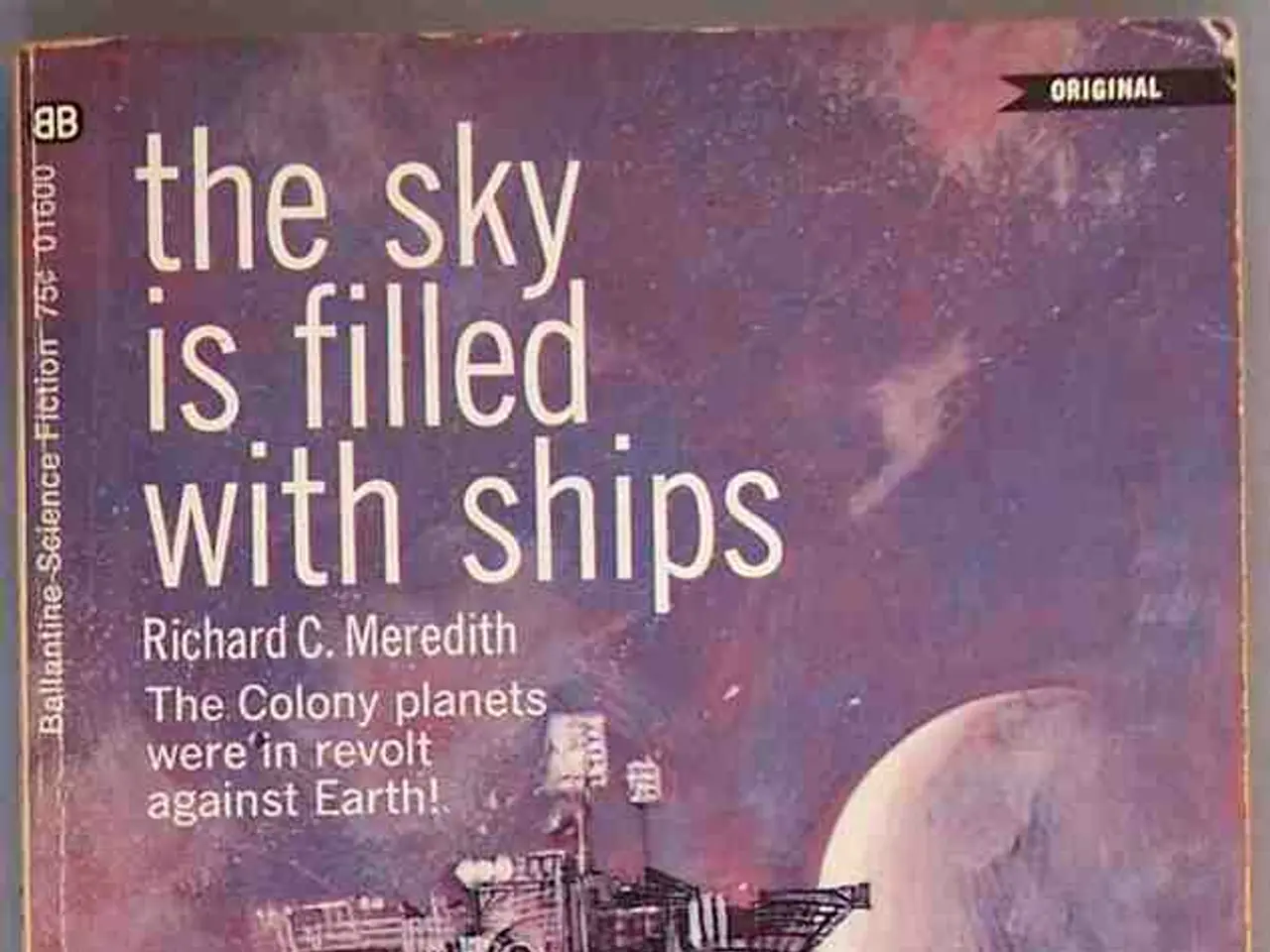Over the course of 25 years on BBC's astronomy program, The Sky at Night, I've witnessed some groundbreaking advancements in space science
Over the past 25 years, astronomy has witnessed a remarkable transformation, thanks in part to the long-running British television programme The Sky at Night. Starting in 1957, the show has been a staple of astronomical education and public engagement, shedding light on some of the most significant discoveries in the field.
The show's host, who first appeared on The Sky at Night 25 years ago, was a scared student in a new suit, ready to tackle viewers' questions. Since then, the programme has travelled the world (primarily the UK), and more recently, it moved from a vast studio at BBC Television Centre in west London to the host's home.
One of the show's earliest milestones was the exploration of Dawn and Ceres, followed by small asteroids like Bennu and Ryugu. In the same period, Comet Churyumov-Gerasimenko was explored by Rosetta, and more recently, New Horizons swept past Pluto, revealing a more complex world than expected.
Meanwhile, planetary exploration continued with missions like Cassini, which discovered the fountains of Enceladus and landed the Huygens probe on Titan. On Mars, the rovers Spirit, Opportunity, Curiosity, and Perseverance, along with orbiters, have been hard at work, uncovering the Red Planet's secrets.
However, progress in cosmology, particularly regarding dark matter and dark energy, has been stalled. Despite this, the James Webb Space Telescope (JWST) has been a beacon of hope. Now in orbit, its discoveries have been nothing short of magnificent. JWST has discovered 'little red dots' and mysteriously mature early galaxies, as well as intriguing exoplanet spectra.
One of the most significant scientific advances in recent years is the discovery that exoplanets are common in the Galaxy. Using the JWST, astronomers have detected the oldest known black hole, over 13.3 billion years old, one of the earliest formed after the Big Bang. This discovery, along with the mapping of superclouds near the solar system, has provided valuable insights into galaxy evolution in the early universe.
Advances in black hole physics and transient phenomena have also been noteworthy. New types of extremely bright events from supermassive black holes shredding massive stars have been detected, known as extreme nuclear transients (ENTs). These events are significantly brighter than typical supernovae and provide insights into the active role of black holes in shaping their host galaxies.
Theoretical and observational advances in cosmology have also been significant. Improved astrometry, parallax measurements, and computational simulations have refined models of the universe, supporting the standard cosmological model involving dark matter and dark energy. These advances, based on data from telescopes and cosmic microwave background measurements, have greatly deepened our understanding of cosmic evolution.
As cameras got smaller, the show moved to Patrick's home, but the discoveries have continued to amaze. Everywhere we've looked in the Solar System, we've found new puzzles and mysteries. From the local star-forming regions to distant early-universe phenomena and the role of black holes in galaxy evolution, the past quarter century has been a golden age for astronomy.
References: 1. Superclouds near the solar system 2. Improved astrometry, parallax measurements, and computational simulations 3. Detection of the oldest black hole 4. Hubble Space Telescope contributions 5. Advances in black hole physics and transient phenomena
- The advancements in astronomy over the past 25 years have led to a better understanding of superclouds located near our solar system.
- Improved astrometry, parallax measurements, and computational simulations have refined our models of the universe, providing a stronger foundation for the standard cosmological model involving dark matter and dark energy.
- Using the James Webb Space Telescope (JWST), astronomers have detected the oldest known black hole, over 13.3 billion years old, one of the earliest formed after the Big Bang.
- The Hubble Space Telescope has contributed significantly to various discoveries in the field of astronomy, including the exploration of distant galaxies, exoplanets, and other celestial bodies.
- Advances in black hole physics and transient phenomena have yielded insights into extreme nuclear transients (ENTs), which are significantly brighter than typical supernovae and offer valuable information about the active role of black holes in shaping their host galaxies.
- In the realm of professional astronomy, technology continues to play a crucial role in enabling astronomy-focused television programmes, such as The Sky at Night, to make groundbreaking discoveries from the comfort of the host's home.




